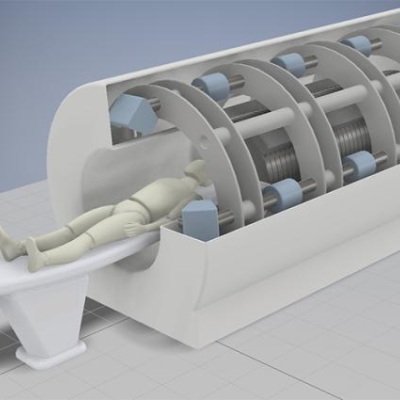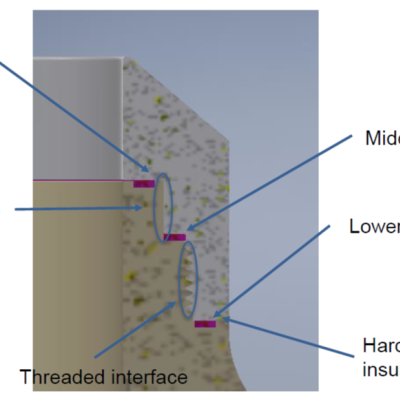The approach is to build a high voltage insulator consisting of two materials: Poly-Ether-Ether-Ketone (“PEEK”) and Machinable Ceramic (“MACOR”). PEEK has a high stress tolerance but cannot withstand high temperatures, while MACOR has high heat tolerance but is difficult to machine and can be brittle. MACOR is used for the plasma-facing surface, while PEEK will handle the…
Keywords
- (-) Show all (218)
- Additive Manufacturing (44)
- Instrumentation (39)
- Synthesis and Processing (19)
- Sensors (16)
- Diagnostics (12)
- Imaging Systems (9)
- Photoconductive Semiconductor Switches (PCSS) (9)
- 3D Printing (7)
- Electric Grid (7)
- Materials for Energy Products (7)
- Carbon Utilization (6)
- Semiconductors (6)
- Substrate Engraved Meta-Surface (SEMS) (6)
- Compact Space Telescopes (5)
- Data Science (5)
- Therapeutics (5)
- Diode Lasers (4)
- Laser Materials Processing (4)
- Material Design (4)
- Precision Optical Finishing (4)
Technology Portfolios
Image

LLNL’s approach is to use their patented Photoconductive Charge Trapping Apparatus (U.S. Patent No. 11,366,401) as the active switch needed to discharge voltage across a vacuum gap in a particle accelerator, like the one described in their other patent (U.S. Patent No.
Image

LLNL has developed a reference electrode that is a great improvement on the widely used silver or platinum wire QRE commonly used in electrochemistry in ionic liquids. This new reference electrode, based on a silver-sulfide coated silver wire, exhibits greatly improved stability over a QRE. The stability of our RE approaches that of the Ag/Ag+ RE, but unlike the Ag/Ag+ RE, the RE reported here…

